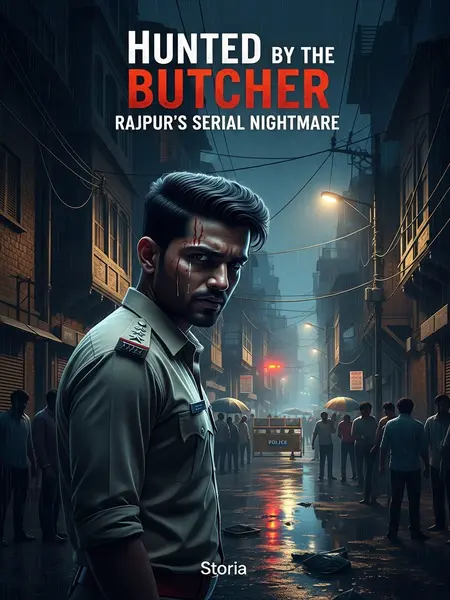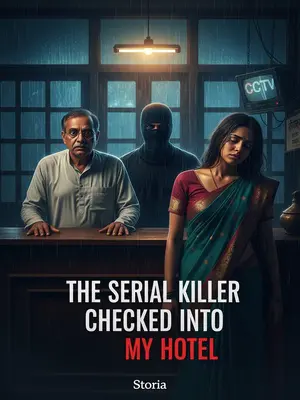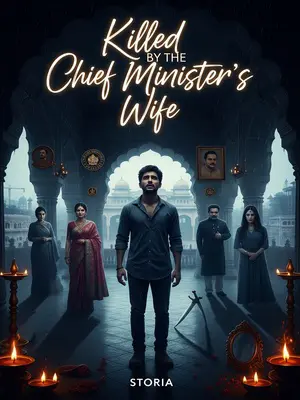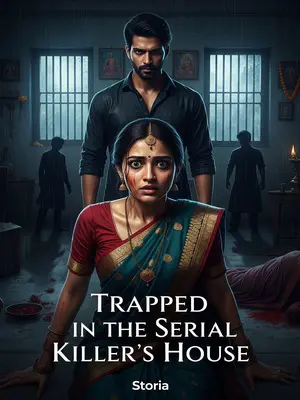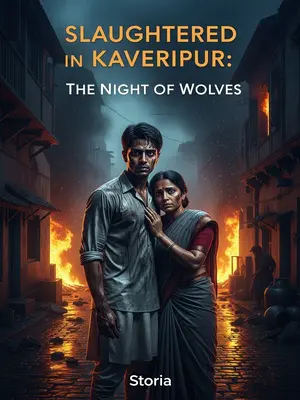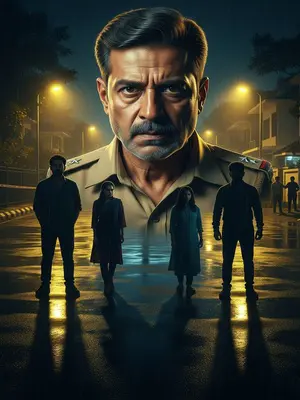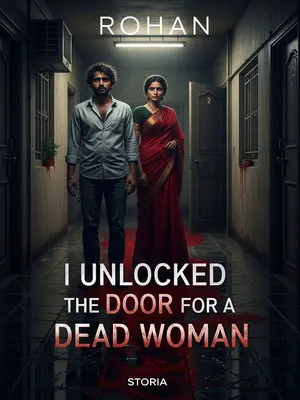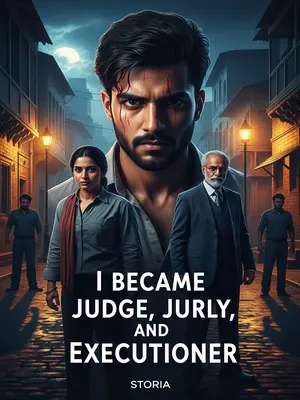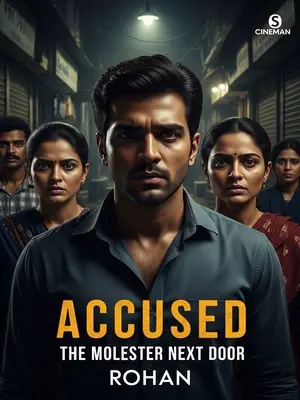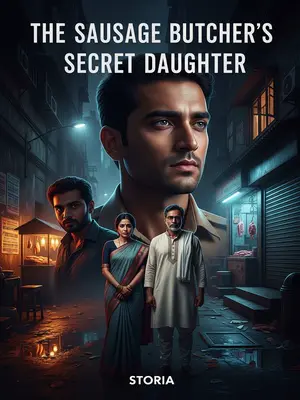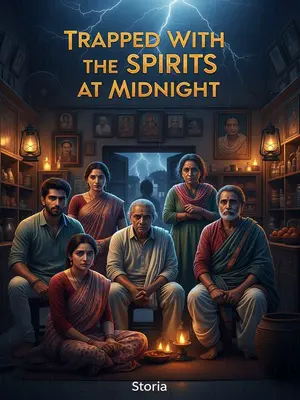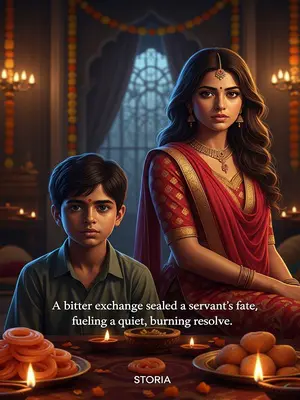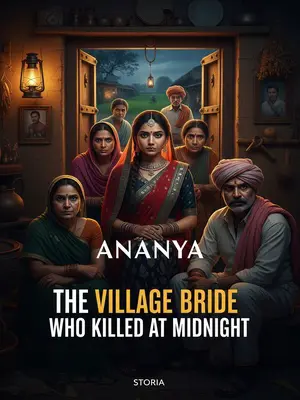Chapter 13: Devil’s Double Life
Now that they had a profile, could they search for the killer?
No.
Strangely, once the police and psychiatric experts joined forces, the killer vanished.
For months, not a single body was found.
Until the following autumn, when a body with similar wounds turned up in a park near Delhi airport.
What was happening? Had the killer moved to Delhi?
Arjun immediately travelled to Delhi.
When he saw the body, he knew the devil had struck again.
This time, the killer had expanded his hunting ground—he would kill even more.
The Delhi Police, used to the noise of the city and the fast pace of life, felt the chill of this evil touch their bones. Arjun coordinated with them, his eyes red from lack of sleep.
Arjun immediately investigated all flights and personnel lists at the airport.
But he found nothing.
He had been outmanoeuvred again.
His old adversary had actually taken the train to Delhi.
The killer had deliberately chosen a site near the airport to toy with the police.
Soon after, the killer mysteriously returned to Rajpur and began killing rampantly again.
Bodies started appearing more and more frequently. Arjun went to Dr. Sameer again.
This time, he held nothing back.
He gave the doctor all the crime scene details and autopsy reports.
This was a serious breach of protocol, but Arjun was desperate.
He was at the end of his rope.
Dr. Sameer laughed when he received the materials—he had known Arjun would return.
With his thick eyebrows and slicked-back hair, Dr. Sameer winked at Arjun, “Neither of us could catch this cunning killer alone. But together, maybe we can.”
This time, Dr. Sameer delivered a full 65-page analysis.
In it, the killer’s age range was narrowed to 45–55. He was likely married with children, had a painful and lonely childhood, and could not experience pleasure from normal married life—only by watching his victims struggle in agony could he feel "pleasure."
The brutal murder process was the killer’s way of simulating what he could not do—the deeper the wounds, the stronger his pleasure.
Personality-wise, the killer was narcissistic and arrogant, thought himself talented, but was in fact not very bright. He killed methodically, but lacked creativity.
Why did he gouge out his victims’ eyes? Perhaps out of frustration with his own impotence, or because of superstition. In Indian folklore, it was believed that the eyes of the dead would retain the last images they saw.
Local superstition runs deep—elders would murmur about 'aankhon mein atma ki chhavi'—the soul’s image is in the eyes. Maybe the killer believed that too, in his own twisted way.
"Then why did he cut out the victims’ organs?"
"It’s his way of asserting dominance, compensating for his inadequacies in daily life."
Arjun pondered, "We never found these organs at the scene, which means..."
Dr. Sameer nodded. "Either they were discarded, or the killer ate them. Honestly, I think the latter is more likely."
What a cold-blooded, cruel, and utterly perverse devil.
To catch the devil, Arjun had to think like the devil.
